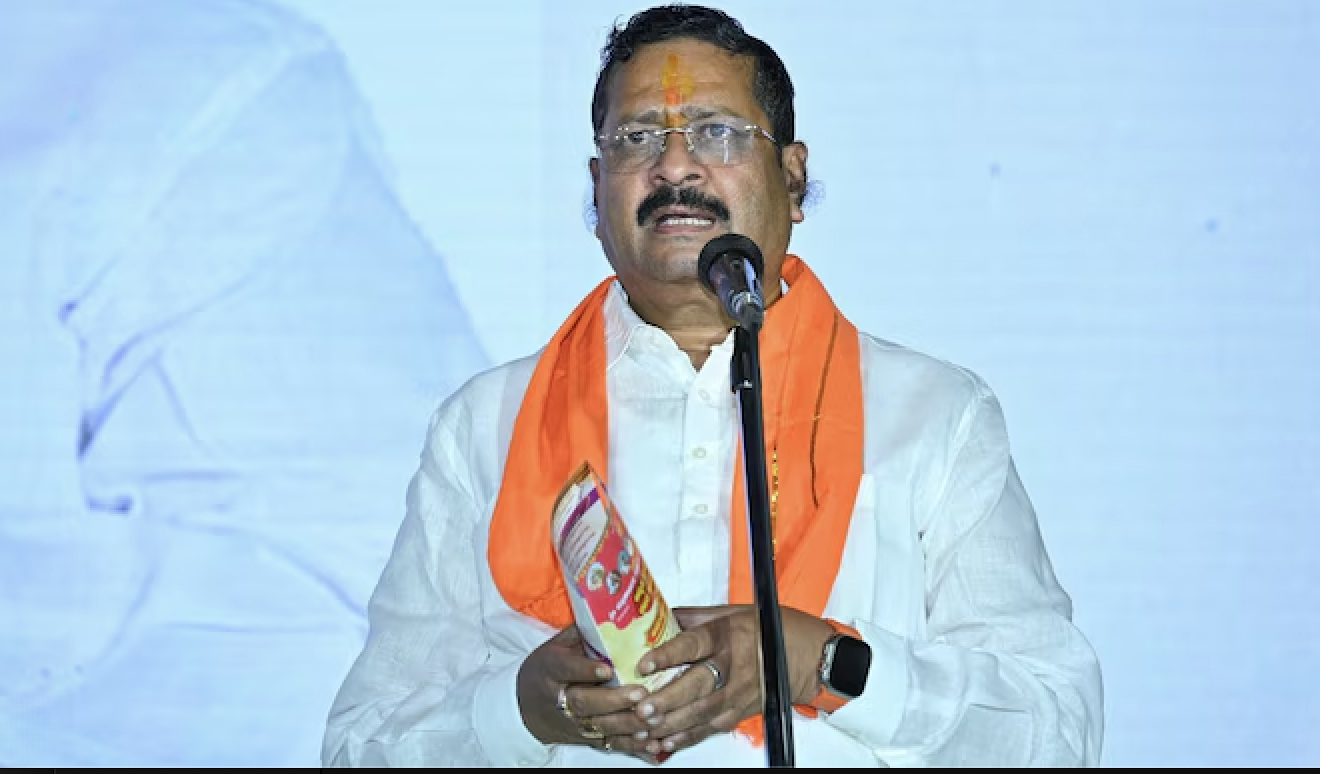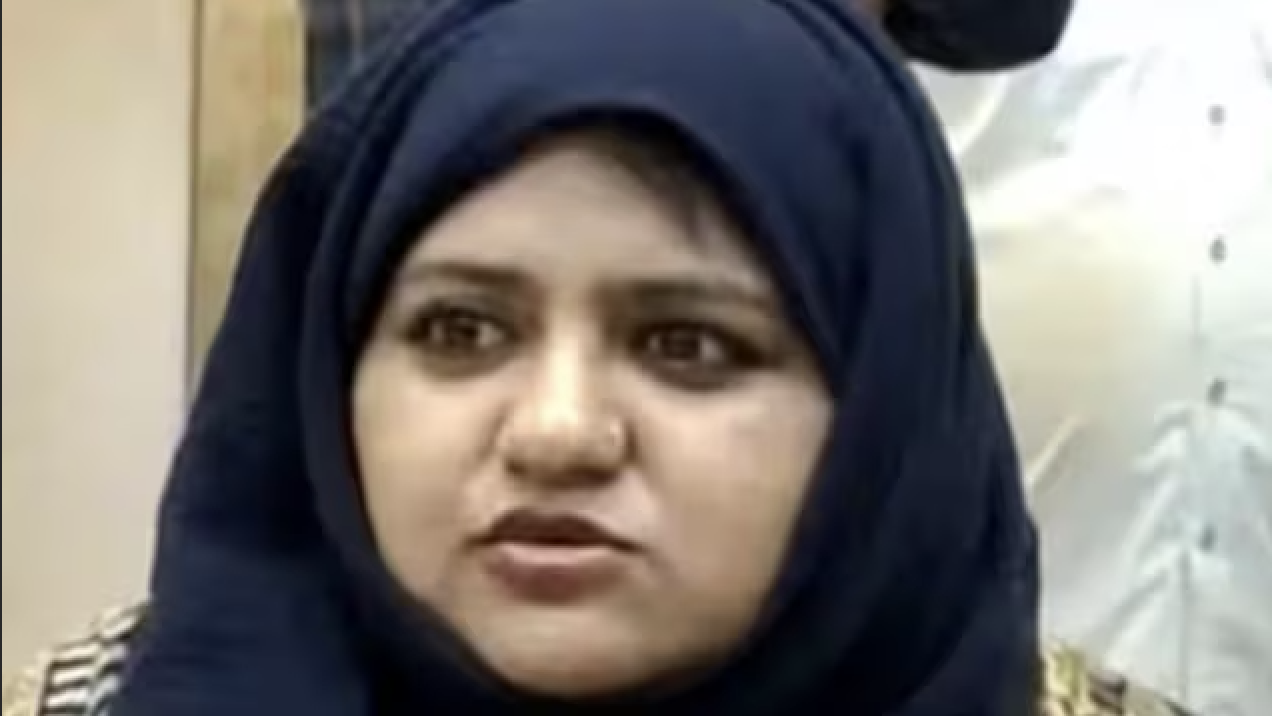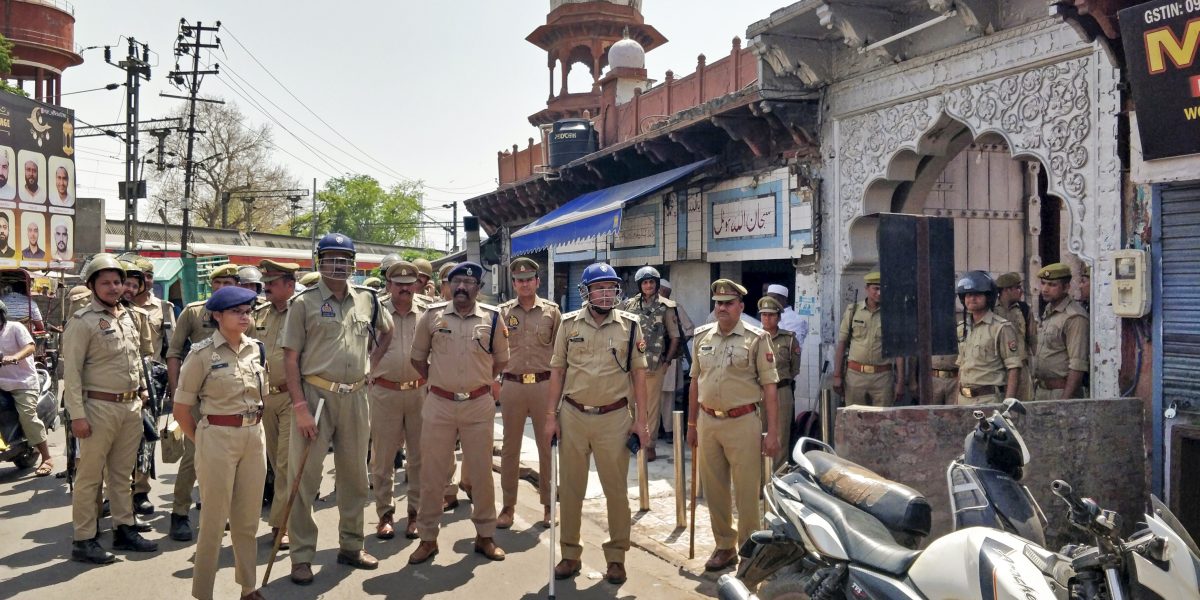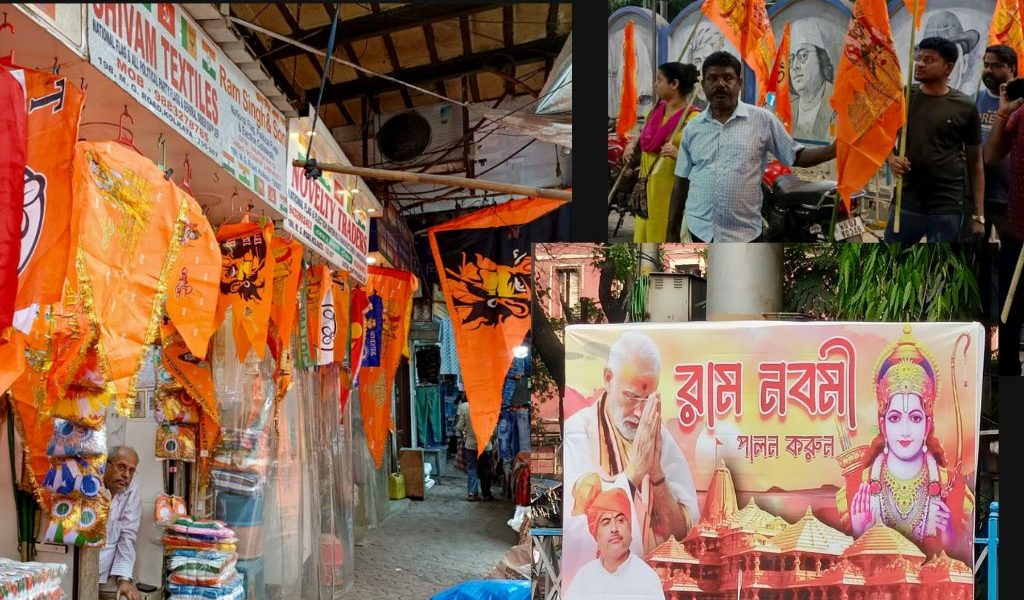The lynching of Asif Khan in Mewat, Haryana on 16 May, as he returned home after buying medicines, has yet again brought to the forefront the casual attitude of central and state governments in implementing the Supreme Court’s three-year-old order to enact a law against lynching.
In 2018, when the Supreme Court, in Tehseen S.Poonawalla v. Union of India & Ors, ruled on a slew of petitions related to cow vigilantism and lynchings, it observed that:
Hate crimes as a product of intolerance, ideological dominance and prejudice ought not to be tolerated; lest it results in a reign of terror. Extra judicial elements and non-State actors cannot be allowed to take the place of law or the law enforcing agency. A fabricated identity with bigoted approach sans acceptance of plurality and diversity results in provocative sentiments and display of reactionary retributive attitude transforming itself into dehumanisation of human beings.
The Court issued a set of guidelines to the centre and the states to implement its judgement, which included a direction to enact a new law on lynching as a separate punishment. States were supposed to have identified by August 2018 districts where instances of lynching and mob violence had been reported and come up with victim compensation scheme. They were to designate a senior police officer to constitute a special task force for intelligence on probable crimes and on people spreading hate speeches, provocative statements, and fake news.
Despite the very stringent words of the court and a detailed time-bound framework, governments have done little to implement the judgement.
The central and state governments were tasked with creating public awareness about the serious legal consequences of lynching and mob violence, through radio and television. The governments were to curb the dissemination of irresponsible and incendiary messages and videos on social media platforms.
The Court ordered the states to take disciplinary action if officials deliberately failed to prevent lynching and mob violence or did not promptly apprehend and institute criminal proceedings against the culprits. Cases were to be tried by fast track courts and ideally concluded within six months.
A contemptuous government
Despite the very stringent words of the Court and a detailed time-bound framework, governments have done little to implement the judgement. Even pending cases of lynching have not been disposed of as per the guidelines.
The central government continues to sit on anti-lynching legislation passed by Manipur and Rajasthan.
To a question in Parliament on the government’s position on the Court’s judgement and on enacting anti-lynching laws, the answer of the minister of state for home affairs on 19 November 2019 was:
advisories […] were issued to the State Governments/UT Administrations for taking measures to curb incidents of mob lynching in the country. The Government through audio-visual media has also generated public awareness to curb the menace of mob lynching. The Government has also sensitized the service providers to take steps to check the propagation of false news and rumours having the potential to incite mob violence and lynching.
No details were provided about the ‘public awareness’ or the exact steps taken to sensitise service providers. The central government continues to sit on anti-lynching legislation passed by Manipur and Rajasthan, in 2018 and 2019 respectively, which were sent by the states’ respective governors for presidential consideration.
Normalising hate
Surprisingly, and in blatant violation of the Supreme Court, a government official was quoted by The Hindu as saying that as per the government “there are enough laws to deal with lynchings; it is a matter of enforcement.” Responses to Right to Information queries on steps taken to curb mob lynching further indicate that little progress has been made to execute the guidelines.
In absence of steps by the Supreme Court to ensure strict compliance, its orders tend to become hollow and meaningless words.
The authorities have also not been successful in preventing hate speeches or curbing lynching. Bharatiya Janata Party (BJP) leaders in February 2020 openly made hate speeches with slogans of “Desh ke ghadaaron ko, goli maaron saalon ko,” (“shoot the traitors”) after which the Delhi riots happened. Communal hate was spewed by media channels at the Tablighi Jamaat at the advent of Covid-19. Such instances have left an indelible mark on our conscience.
The protection of minorities and preservation of the secular fabric of society have been shelved for what may as well be an eternity. The government’s main concern seems to be to further push for a Hindu nation, prioritising the passing of the Citizenship Amendment Act. The sight of the prime minister performing the traditional Hindu Bhoomi Pujan (of the new Parliament building1 ) or the Ram temple at Ayodhya2 no longer causes us to bat an eyelid.
In absence of steps by the Supreme Court to ensure strict compliance, its orders tend to become hollow and meaningless words. One wonders why the Court has not initiated contempt proceedings against the government.
Provoking violence
Hate speeches and incidents of mob violence and lynching have a cause and effect relationship. Provocative messages circulating on social media have led to several lynchings. This is precisely why the Supreme Court directed governments to curb the circulation of incendiary messages and videos on social media platforms. However, hate speech is not always blatant.
Communal hatred and hate speeches have been normalised. Hating Muslims has become part of being a true supporter of the current regime.
Communal hatred gains authority and provokes a greater portion of the population when it is delivered by mainstream media channels and by people in power. Television channels accuse participants in news debates of being loyal to Pakistan if they dissent; and coin terms such as “corona jihad,” “zameen jihad,” “arthik jihad,” and “love jihad”. Zee News in November 2019 held an elaborate skit during prime time depicting Lord Ram in search of his house in Ayodhya, even as the Babri dispute was being heard by the Supreme Court. These are a few instances that show how communal hatred and hate speeches have been normalised. Hating Muslims has become part of being a true supporter of the current regime.
Communal comments by ruling-party political leaders about the victims of lynching have become the new normal, most recently by Suraj Pal Amu, who is now a spokesperson of the BJP in Haryana, protesting at public meeting against the arrest of the suspected killers of Asif Khan in Mewat last month . Surely such events do not escape the notice of the judges of the Supreme Court. Why is it then that no action is forthcoming to stop them?
The court’s obligations
Manoj Mate has noted that we need the kind of procedural activism of judges like V.R. Krishna Iyer and P.N. Bhagwati to ensure the fundamental rights of minorities. This kind of procedural activism has been lacking.
While the Supreme Court’s 2018 judgement on lynching is praiseworthy, one cannot but hope for the court to closely monitor its implementation. In a scenario where anti-Muslim sentiments are shared by many in positions of power, the Supreme Court, as the guardian of the Constitution, should have an adversarial relationship with such elements of the regime. The obligation on the Supreme Court to ensure adherence to its judgment that essentially deals with curbing hate crimes, mob violence and lynching, becomes even greater. Sadly, more than three years since its judgement and despite the open contempt by governments in not implementing it, the Supreme Court seems to be oblivious to the pressing question of life and death for minority communities.
“It is for the majority to realise its duty not to discriminate against minorities.”
The Supreme Court will have to monitor the situation through a continuing mandamus wherein governments regularly provide details of steps taken to implement the guidelines. In the alternative, the Court can constitute a commission of a retired judge of the Supreme Court to monitor the Government’s and furnish a status report.
A duty to protect
Each lynching takes us miles away from the constitutional values we proudly lay claim to. Each lynching instils in the minorities a sense of deep fear and anguish. Dr Ambedkar’s famous words during the drafting of the Constitution, defending constitutional provisions for protection of minorities, ominously echo in mind:
minorities in India have agreed to place their existence in the hands of the majority […] They have loyally accepted the rule of the majority, which is basically a communal majority and not a political majority. It is for the majority to realise its duty not to discriminate against minorities. Whether the minorities will continue or will vanish must depend upon this habit of the majority. The moment the majority loses the habit of discriminating against the minority, the minorities can have no ground to exist. They will vanish.
As the duty to protect minorities is shared collectively by the majority, it is for the Supreme Court to ensure that this is fulfilled in its true spirit.
This article first appeared on theindiaforum.in






